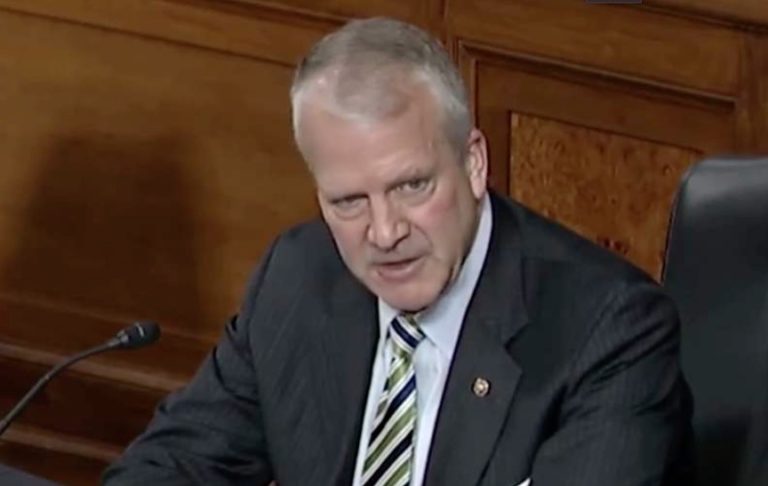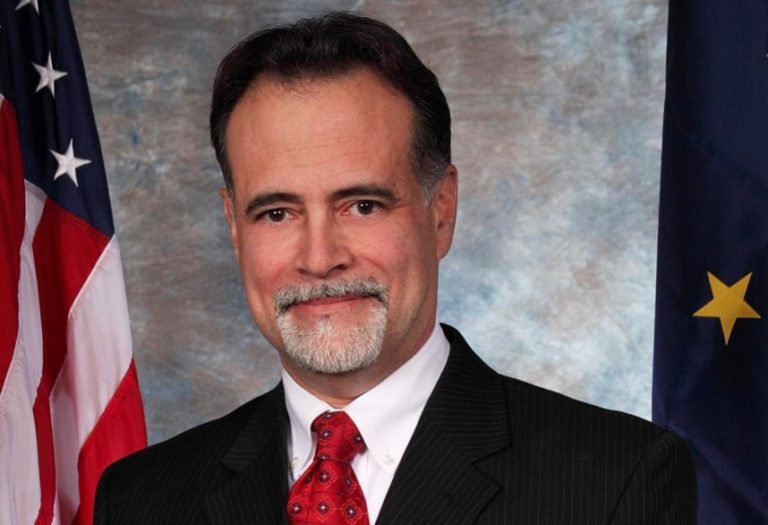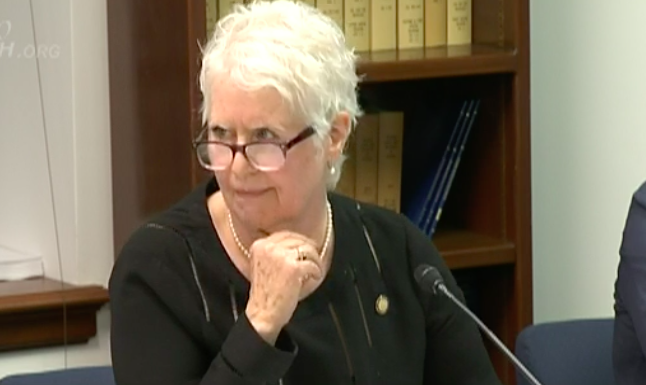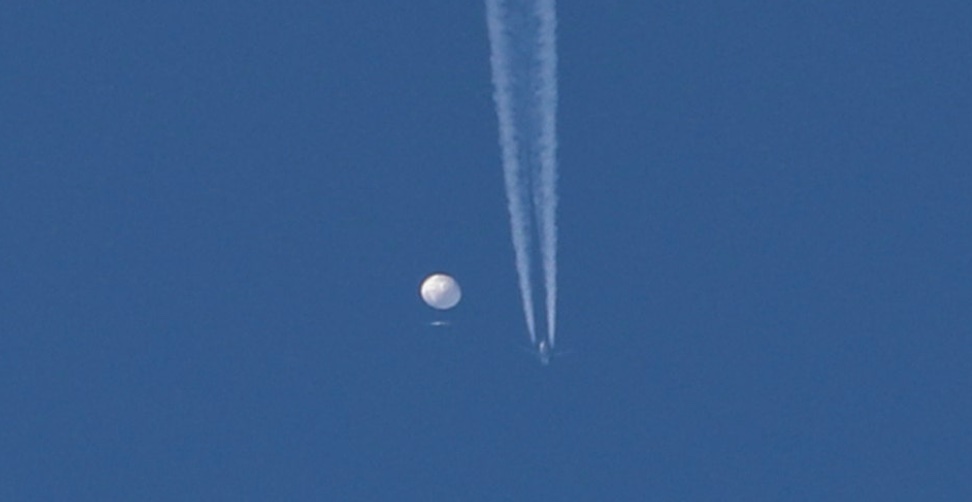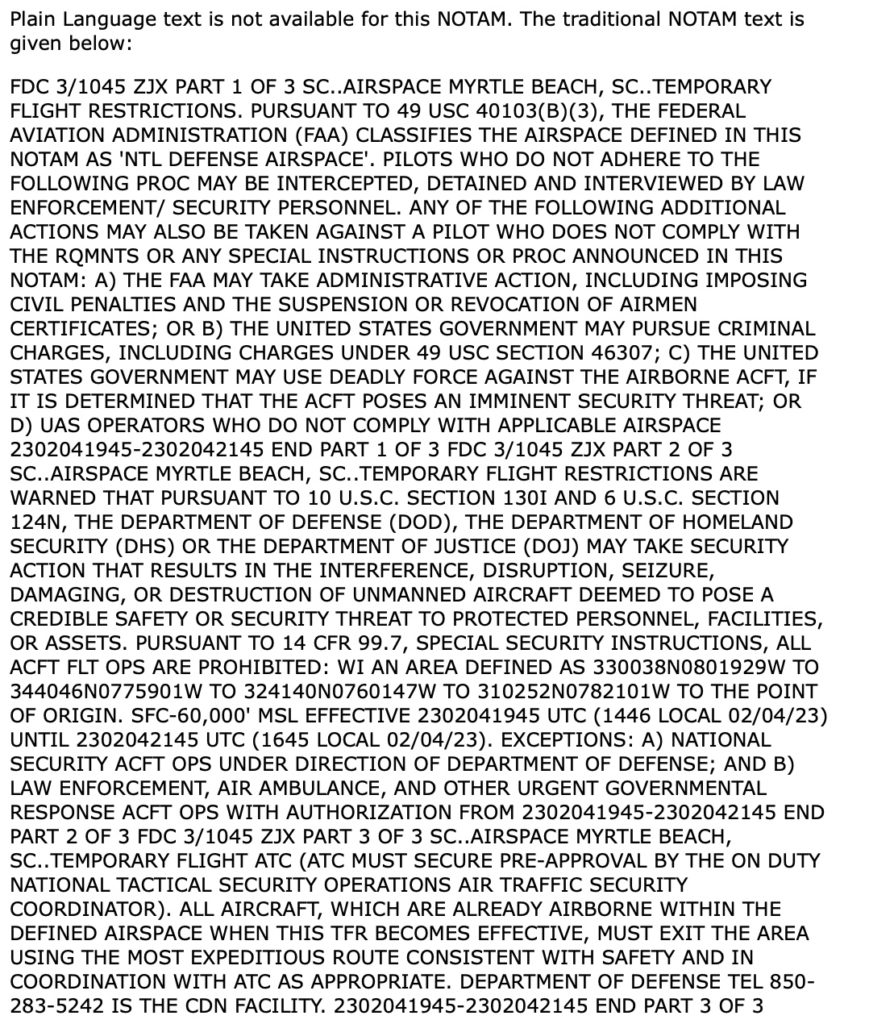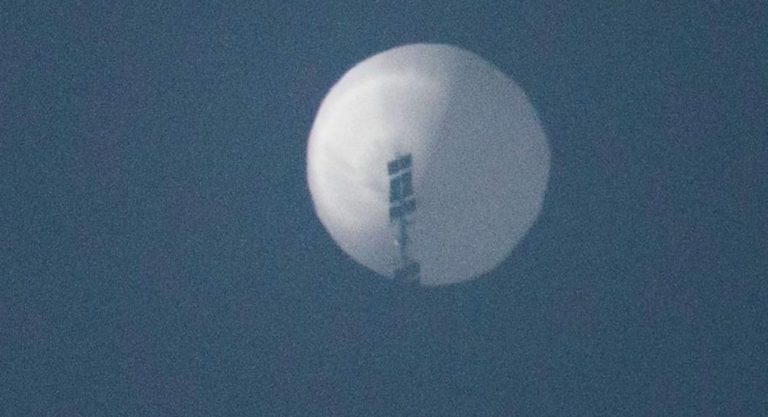Normally, Alaska’s legislative committees start out the session with general fiscal presentations from agency heads. Legislators hear from the Office of Management and Budget and oil economists, so that before they make big fiscal commitments, they know what the state’s economic outlook is.
But not this year’s House Community and Regional Affairs Committee. They’re fast-tracking spending bills.
In Juneau, the CR&A committee went roaring out of the gate with the most controversial bill of the season: House Bill 22, sponsored and pushed hard for the past two week by Democrat Rep. Andy Josephson, who has been taking advantage of freshmen in the House by wielding his superior knowledge gained in years and years of legislative service.
HB 22, to punch up the pensions for firefighters and public safety workers, was rushed through the House CR&A Committee, its first committee of referral, and managed to get approved within two weeks — without so much as a fiscal note.
Therein lies the problem: No one has any idea how much it would cost to return firefighters, paramedics, and state troopers to a pension plan such as existed in the early days of Alaska statehood, when it was hard to attract workers to the new state. The best guesses range between hundreds of millions of dollars to over $1.2 billion.
The members of the committee voted four to two in favor of the bill, with Committee Chair C.J. McCormick, Democrat; Justin Ruffridge, Republican; Donna Mears, Democrat, and Rebecca Himschoot, Independent-Democrat voting in favor.
Republicans Kevin McCabe and Tom McKay voted against moving the bill so quickly, because there’s no real understanding of the costs.
But regardless of the final vote, HB 22 is technically still in CR&A. The committee is going to need to do an do-over because it cannot go to its next committee, State Affairs, without a fiscal note.
Meanwhile, the CR&A committee made yet another blunder: It did not publicly advertise meetings for next week, and so there can be no do-over by this committee on HB 22 for several more days.
In addition, subcommittees for Finance have started meeting in earnest, and members of CR&A have to peel off to attend those numerous meetings, to which they’ve been assigned, crowding the calendar for the coming few weeks as department budgets go through rigorous subcommittee review.
HB 22 was being rushed through, said Rep. Kevin McCabe, who is the committee’s vice chair.
McCabe said even the letter from the Anchorage Assembly encouraged the Alaska Legislature “to diligently vet House Bill 22 and Senate Bill 35, in committee and in collaboration with the municipalities to produce a final bill for passage.” He was pointing out that the key words were “diligently” and “vet.”
McCabe pointed out the committee hasn’t been given the opportunity to talk to municipalities “to find out what it’s going to take, to find out what it’s going to cost.” He said the rough estimate shows it could cost up to $400,000 for one fire department he heard about in the Mat-Su Borough.
According to the Division of Retirement and Benefits, there are 31 communities or employers that are arrears in paying for the still-on-the-books defined benefits. “So are we going to drive them into further delinquency?” McCabe asked his fellow committee members.
“This is a huge bill, and to see it jammed into our committee in the first week was surprising to many of us,” said McCabe, who opposed the bill.
The bill goes to the State Affairs Committee next, but since it cannot go without a fiscal note, it’s in limbo, and may remain in limbo for another week or more, while the committee Chair, CJ McCormick shakes off the trick that Rep. Josephson pulled on him by advising him to push it through quickly.
Meanwhile, one of two Senate bills may end up being the final vehicle for the increase in benefits. Sen. Scott Kawasaki has a similar bill to HB 22, and Sen. Jesse Kiehl has a bill that would add teachers into the new, improved defined benefit program they are proposing. Both sponsors are Democrats, like Rep. Josephson in the House.
Any one of these bills, however, will not likely pass muster with Gov. Mike Dunleavy, who may exercise his veto pen, if tempted.
